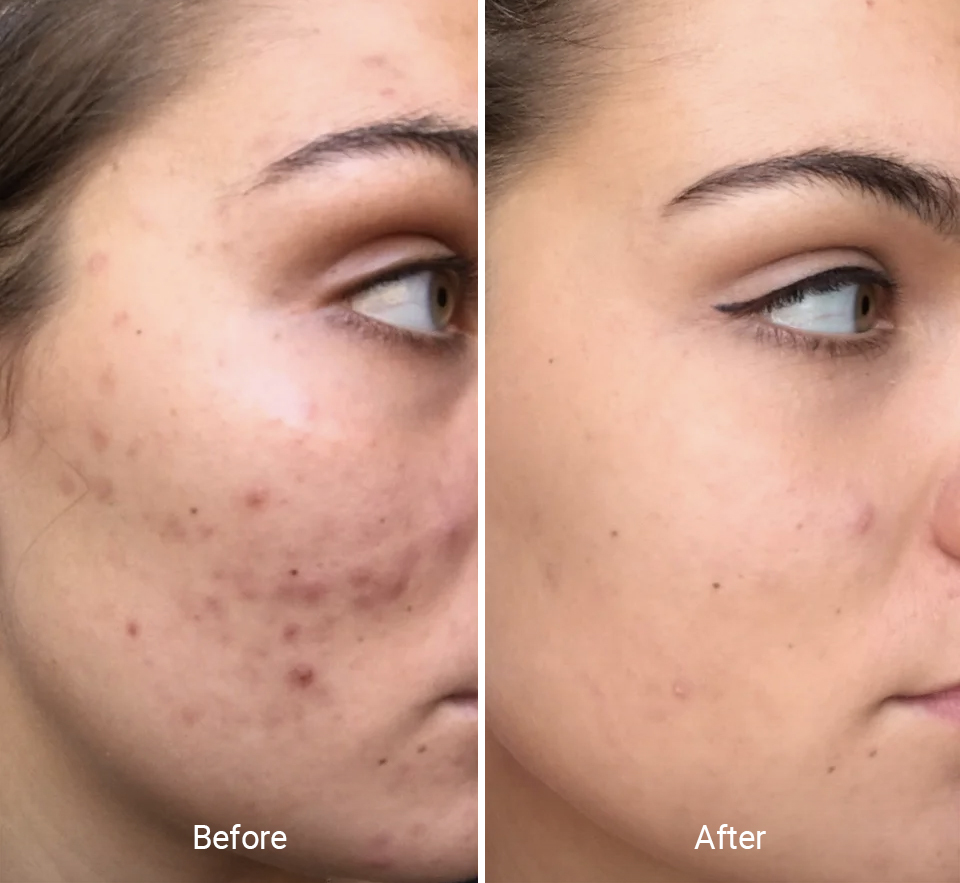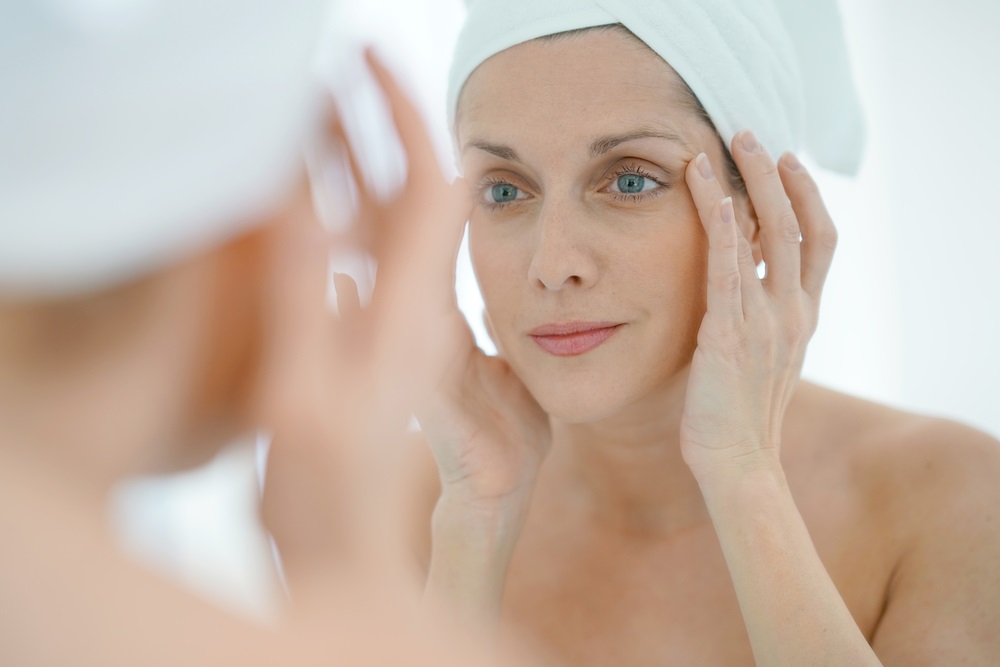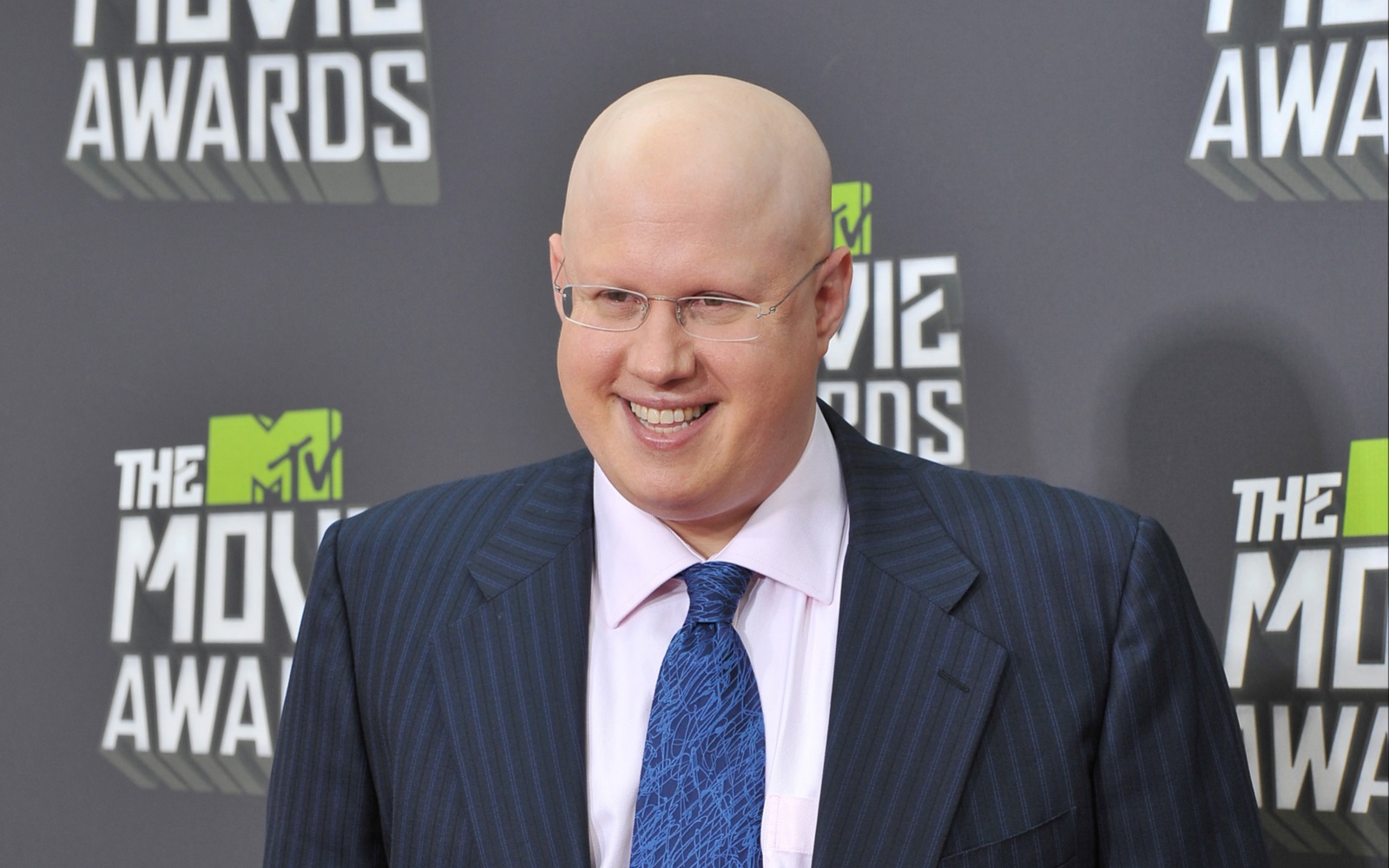- Benzoyl peroxide kills the bacteria that causes acne
- Over-the-counter benzoyl peroxide products come in concentrations of 2.5%, 5%, and 10% for different severities of acne
- Effective treatment, particularly when used in combination with antibiotics
- See a board-certified dermatologist if you haven’t noticed an improvement after three months’- use of an over-the-counter acne treatment containing benzoyl peroxide
If you suffer from sporadic or persistent bouts of acne, an over-the-counter (OTC) or prescription product containing benzoyl peroxide may be the key to improving the appearance of your skin.
What Is Benzoyl Peroxide?
Benzoyl peroxide is a peroxide derivative used in the treatment of acne and other skin conditions.
Also known as BPO, benzoyl peroxide decomposes and releases oxygen, which kills the bacteria that cause acne. This causes the skin to peel, eliminating acne and comedones (clogged hair follicles, with or without acne).
How Does It Treat Acne?
The drying effects of benzoyl peroxide cause the skin to exfoliate, or shed its outer layers (epithelial cells). In the process the oil and dead skin cells that clog pores are flushed away.
Treatments (creams, lotions, gels and cleansers, etc.) containing benzoyl peroxide may be effective in eliminating mild to severe acne. These treatments are often used in tandem with other acne treatments, such as antibiotics.
Benzoyl Peroxide 5% vs. 10%
Benzoyl peroxide comes in concentrations of 2.5%, 5%, and 10%. Generally speaking, products with 2.5% and 5% concentrations are appropriate for mild to moderate acne, while products with 10% concentration can be effective for moderate to severe acne.
However, it’s important to read the label of any product you are considering, as some products containing 2.5% benzoyl peroxide are every bit as effective as those containing 10% benzoyl peroxide.
What’s more, products containing lower concentrations of benzoyl peroxide typically have fewer side effects.
Is It An Effective Treatment?
Benzoyl peroxide is a potent ingredient that is effective for most patients. It can eliminate different types of acne lesions, including whiteheads, blackheads and large red pimples.
Benzoyl peroxide is bactericidal, which means it destroys bacteria rather than slowing their growth. And while it does not rid the patient of all acne instantaneously, it does work quickly. Many patients see noticeable results in the first week of treatment.
Benzoyl peroxide can be particularly effective when used in combination with antibiotics.
Mild to Moderate Acne
For cases of mild to moderate acne, it is usually appropriate to start with over-the-counter (OTC) products containing benzoyl peroxide.
Some popular products include:
- DRMTLGY Acne Spot Treatment and Cystic Acne Treatment. Acne Serum with Micronized Benzoyl Peroxide
- Acne.org 16 oz. Treatment (2.5% Benzoyl Peroxide)
- Replenix Benzoyl Peroxide Wash
Benzoyl peroxide-based products such as those listed above are often sufficient to eliminate mild to moderate acne. In other words, the stronger products and combination treatments used to treat severe acne are often unnecessary with mild to moderate acne.
Severe Acne
Benzoyl peroxide products can also be effective in treating severe acne, including cystic acne. However, if you have severe acne, it’s recommended that you visit your dermatologist to find out what will work best for your specific situation.
Your dermatologist may prescribe a benzoyl peroxide product but also may recommend an antibiotic to reduce the swelling and redness associated with acne. If this proves ineffective, your dermatologist may have you try a different antibiotic.
A second alternative your dermatologist may want you to consider is isotretinoin, a powerful medication that targets all of the main causes of acne: bacteria, inflammation, oil buildup, and clogged pores.
Acne scars
Severe bouts of acne can reach the inner layers of skin and lead to the formation of painful cysts and nodules. Unfortunately, these breakouts often lead to scarring.
Benzoyl peroxide cannot be not used to treat this scarring. However, by being proactive and treating the acne that causes the scars early, you may be able to avoid such scarring.
>> Learn more about what acne scar treatment will work best for your skin
What To Expect During Your Treatment
Each OTC product containing benzoyl peroxide is slightly different so be sure to follow the instructions included with the product you will be using.
Generally, it’s a good idea to start by applying a small amount to the affected area for a few days. So long as this doesn’t lead to severe discomfort, you can proceed using the product.
While some effects may be visible in the first week, it often takes a month or more before dramatic results become noticable.
Day 1
You may not notice any change for a few days. But when you do, the first effect you should notice will be dry skin. This can be alleviated through the use of a high-quality moisturizer recommended by your dermatologist.
Week 1
During the first week, it is normal for products containing benzoyl peroxide to cause some burning and stinging upon application. You will likely experience some redness and itchiness as well.
At this stage you should not expect to see dramatic results. In fact, you will probably notice the formation of new pimples.
But the dryness you see also means the benzoyl peroxide is working.
Weeks 2-4
The dryness and peeling persist for many weeks. During weeks two to four these effects will probably be at their most noticeable. But don’t despair – again, this means the product is working.
Weeks 4-8
After approximately one month the most noticeable side effects will have worn off.
It’s possible that you will continue to experience breakouts. However, upon closer inspection you should notice that the pimples aren’t as large or inflamed.
They should be healing faster, too, thanks to the ongoing use of your benzoyl peroxide product.
After Week 8
After approximately two months you may still notice a few new pimples, but they shouldn’t be too large and there will be very few of them.
Your skin may not be blemish-free, but the longer you continue using your benzoyl peroxide product, the better your skin will look.
About three months into treatment, your skin will likely appear close to blemish free.
» Learn more about the differences between whiteheads and blackheads, and how the treatments differ
Before and After



Side Effects of Benzoyl Peroxide Treatments
Potential side effects of benzoyl peroxide-containing products include dry skin, redness, stinging and burning. Benzoyl peroxide can bleach hair and fabrics so take caution when applying the product.
According to the Food and Drug Administration (FDA), in rare cases acne products can cause serious reactions, including swelling in the face, tongue or lips, and/or a tight feeling in the throat.
Remember, however, that mild redness, itchiness and irritation are normal with benzoyl peroxide products.
Alternatives to Benzoyl Peroxide
There are several skincare alternatives to benzoyl peroxide. Four of the most common are salicylic acid products, alpha hydroxy products, products containing sulfur, and antibiotic treatment.
Salicylic Acid
Salicylic acid is an ingredient that helps prevent the clogging of skin pores. As with benzoyl peroxide, it is a common ingredient in OTC acne products.
Alpha Hydroxy Acids
Alpha hydroxy acids are synthetic forms of acids found in certain fruits.
There are two types of alpha hydroxy acids commonly found in OTC acne products: glycolic acid and lactic acid. These acids combat acne by assisting in the removal of dead skin cells, and reducing inflammation.
They also trigger the growth of smooth new layers of skin, which in turn improves the appearance of scars caused by acne.
Sulfur
Sulfur can be effective at removing excess oil as well as dead skin cells that plug up skin pores. It’s often present in acne products that also contain other ingredients, including benzoyl peroxide and salicylic acid.
Antibiotics
Last but not least, all of these products may be combined with prescription antibiotics if your dermatologist believes this approach will be more effective.
Takeaway
Benzoyl peroxide has been used in the treatment of acne for more than 50 years, largely because of its ability to drastically reduce acne-causing bacteria and inflammatory acne lesions, as well as moderately reduce non-inflammatory acne lesions.
While products containing benzoyl peroxide aren’t always the best option for every patient, for many people these products are extremely effective in combating acne.
When To See A Dermatologist
If you haven’t noticed an improvement after three months of using an over-the-counter acne treatment containing benzoyl peroxide, consider visiting your primary care provider or making an appointment with a board-certified dermatologist.









